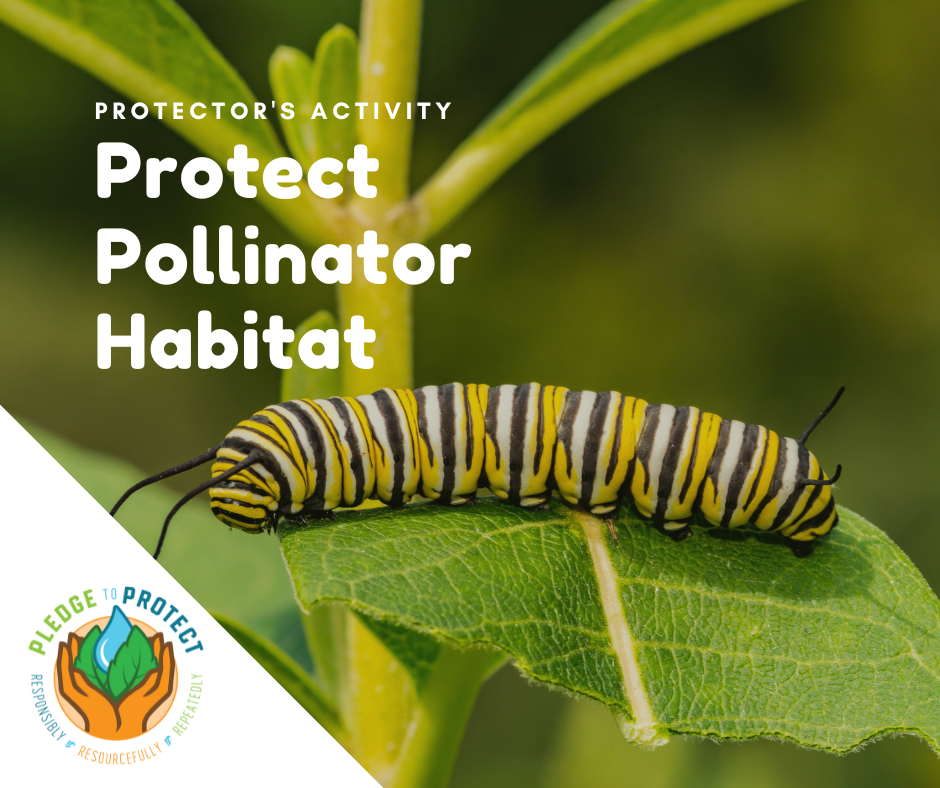What's the Issue?
There are specialized relationships that have evolved over time between plants and insects. These relationships are referred to as symbiotic, and they are vital to the life cycle of many pollinators. One of the most notorious symbiotic relationships is between the monarch butterfly and milkweed plant species. Adult female monarch butterflies lay their eggs on milkweed and their larvae feed and depend on the plant for survival.
Invasive plants such as pale and black swallow-worts can easily overtake areas where milkweed and other beneficial native plants grow. When this happens, the life cycles of monarchs and other pollinators are impacted.
What You Can Do To Help
Introduce milkweed and other pollinator host pants to your property (see videos below).
Learn more about monarch butterfly migration.
Learn about native plants for pollinators and beneficial insects in the Great Lakes region in this great guide created by the Xerces Society.
Search for and remove swallow-wort and other invasive plants from your property (see swallow-wort management details below).
Growing Milkweed
Harvesting and Planting Milkweed Seeds
Identifying Swallow-wort

Native to Ukraine, parts of Russia and the Mediterranean regions of Europe, black and pale swallow-wort were introduced as ornamental plants in the 1800s. They are perennial, herbaceous vines that grown dense stands that smother out understory vegetation and trees. Swallow-worts also release toxins into the soil that make it unsuitable for other plants to grow.
Management Options
Did you enjoy this blog post? Take our Pledge to Protect and get monthly emails showcasing actions you can take to protect your favorite hiking trails, paddleways, forests, garden, and community from the impacts of invasive species!
Take the Pledge to Protect
The Pledge-to-Protect is a fun, positive, inviting, engaging and rewarding way to participate in invasive species prevention and management.
|
|



